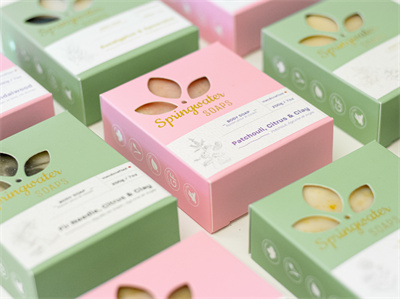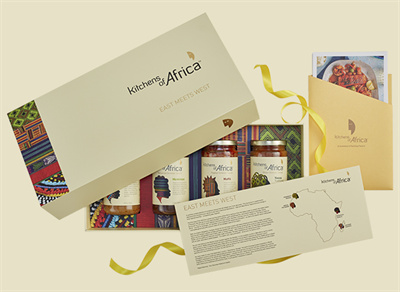Contact Us

Contact Us


Guangzhou Huaisheng Packaging Co.,Ltd.
We provide customers with quality products and provide high-quality services.
If you would like to leave us a comment please go to contact us
+86-18122240089

In today's competitive marketplace, product packaging transcends its traditional role of merely containing a product. It serves as a silent ambassador, influencing consumer perceptions, emotions, and purchasing decisions. From the colors and materials used to the storytelling elements incorporated, packaging plays a pivotal role in shaping the consumer journey.
This comprehensive guide delves into the multifaceted impact of product packaging on consumer behavior, offering insights backed by research and real-world examples.
First impressions are crucial, especially in retail environments where consumers are bombarded with choices. Packaging serves as the initial point of contact between a product and potential buyers.
Color Psychology: Colors evoke specific emotions and associations. For instance, red can signify excitement and urgency, while blue often conveys trust and calmness.
Typography and Graphics: The choice of fonts and imagery can communicate a brand's personality and values. Elegant fonts might suggest luxury, whereas bold, playful fonts can appeal to a younger demographic.
The physical feel of packaging—its shape, texture, and weight—can influence perceptions of quality. A sturdy, well-crafted package often implies a premium product inside.
Packaging is a powerful tool for conveying brand identity and forging emotional connections with consumers.
Brands that incorporate storytelling elements into their packaging can create deeper emotional bonds with consumers. Sharing the brand's history, mission, or the inspiration behind a product can make the consumer feel part of a larger narrative.
Consistent packaging across a product line reinforces brand recognition and trust. Consumers are more likely to repurchase from brands they recognize and trust.
Beyond aesthetics, the functionality of packaging significantly impacts consumer satisfaction and loyalty.
Packaging that is easy to open, reseal, or dispose of enhances the user experience. Features like resealable zippers or ergonomic designs cater to consumer convenience.
Effective packaging protects the product from damage and preserves its quality, which is essential for consumer trust and repeat purchases.

Modern consumers are increasingly eco-conscious, and packaging plays a significant role in their purchasing decisions.
Using recyclable, biodegradable, or compostable materials can appeal to environmentally conscious consumers and enhance brand image.
Communicating sustainability efforts on packaging, such as certifications or eco-friendly practices, builds consumer trust and loyalty.
Packaging can significantly affect how consumers perceive the value of a product, influencing their willingness to pay.
High-quality materials, sophisticated designs, and unique unboxing experiences can justify higher price points and position products as premium offerings.
Minimalist packaging often conveys elegance and modernity, appealing to certain demographics, while elaborate designs can suggest luxury and exclusivity.
With the rise of e-commerce, packaging has taken on new roles in the digital marketplace.
The unboxing experience has become a form of marketing, with consumers sharing their experiences on social media platforms. Brands that invest in unique and memorable packaging can benefit from this organic promotion.
Incorporating QR codes or augmented reality elements into packaging can bridge the gap between physical products and digital content, enhancing consumer engagement.

Product packaging is a multifaceted tool that influences consumer behavior through visual appeal, emotional connection, functionality, sustainability, perceived value, and digital integration. Brands that strategically design their packaging to align with consumer preferences and values can differentiate themselves in a crowded marketplace, foster customer loyalty, and drive sales.
